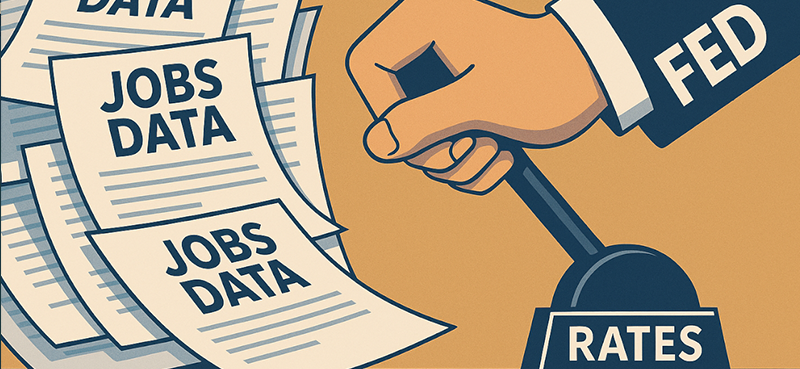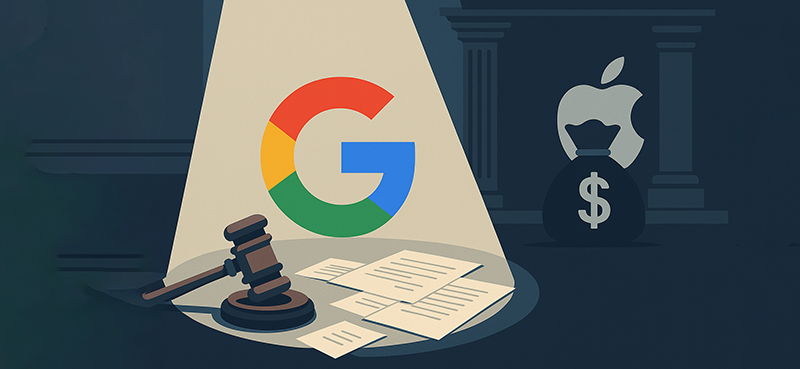Michael Alkin is one of the smartest guys I know. In fact, he’s one of the smartest analysts on the planet.
It’s not that Mike has a magical sixth sense about what the markets will do (although I wouldn’t doubt it… he’s that good). It’s that after 20 years in the hedge fund industry, he has a deep knowledge of forensic accounting and a practiced, proven approach to investment analysis. And he’s incredibly diligent.
He spends countless hours reading financial statements and annual reports, listening to quarterly conference calls, and talking to company insiders to get to the bottom of the numbers. He’ll literally get his boots muddy in the fields to dig up the dirt (I’ll get to that below).
And this is what has made Mike top-tier when it comes to predicting—with astounding accuracy—what is about to happen in the markets… well before any of the highly known (and highly paid) Wall Street analysts have so much as a hint.
A couple weeks ago, I told you about Mike’s call on Newell Brands (NWL). (If you didn’t see the email or read his report, click here.) But here’s a quick reminder:
This summer, everyone was in love with Newell Brands. But Mike saw impending trouble for the company—and why he’d “be a seller” if he owned the stock. He mentioned it in June during his first appearance as a guest on my podcast, Wall Street Unplugged, and also wrote about it in his report “Newell Brands (NWL)… Trouble Ahead.”
Since making this prediction, Newell is down around 45%.
Then in August, I had Mike on my podcast again, and we discussed another interesting story—this time, on Dean Foods (DF)—a middleman company that buys milk from farmers and sells it to retailers. Mike recommended shorting the company in a February report.
You see, Mike saw a catalyst that would eventually crush the stock. It was common sense, but at the time, no other analysts—including myself—saw it.
Mike wrote about how people tend to think of the price of milk as “inelastic.” But the truth is, the price of raw milk has ebbs and flows, just like any other raw material.
As it so happened, the price of raw milk was down, which meant that Dean’s margins were up—into the low double digits. Wall Street saw this and decided that Dean was going to lead the industry. And investors bought in.
They didn’t see what Mike saw: a “low-margin business without pricing power.”
Mike knew that the price of raw milk would eventually spike, and that Dean would have to absorb the cost because retailers wouldn’t want to pay a higher price for milk.
How did he know? By literally going out into the farmland and asking the experts—the people interacting with the herds every day.
“When you start talking to people who are feeding these cows, and you understand what’s going on, you realize that it’s going to ebb and flow with the cycle. The cycles aren’t too long,” he said on my podcast.
By early November, Dean Foods was down 50%.
There’s a lot of great stuff in that report, and I don’t have the room to get into all of it here, but I suggest you read it in its entirety.
But suffice it to say, we here at Curzio Research are really excited that Mike has decided to leave the hedge fund industry and bring his incredible skills to our research team as a full-time analyst.
Click here to read Mike's original Dean Foods report




















